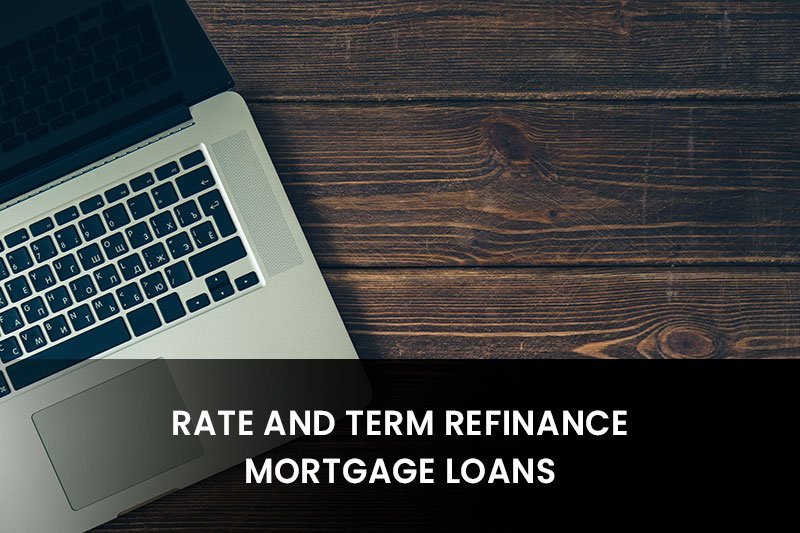Refinance Loans
Reasons to Refinance a Mortgage
There are several reasons homeowners choose to refinance their mortgage loans. Here are some of the top ones to think about:
- Lower interest rate and payment: If your credit has improved or market rates have dropped since you got your first loan, you may be able to save money on interest with a lower rate and monthly payment.
- Cash out: If you have significant equity in your home, you may be able to cash out a portion of it with a refinance to pay bills, finance a large purchase, or buy out an ex-spouse in a divorce.
- Change rate type: If your original mortgage has an adjustable rate, moving to a loan with a fixed rate can help you avoid market fluctuations.
- Change loan term: You can typically qualify for a lower interest rate if you shorten your loan term from, say, 30 years to 20 or 15 years. Doing so can also save you money on interest over the life of the loan. If you lengthen your loan term, you can potentially lower your monthly payment.
How Do I Qualify for a Refinance Loan?
The qualifications for refinancing a mortgage are similar to the criteria for a new mortgage loan. Lenders will consider several factors, including your:
- Credit history and score
- Payment history on your existing loan
- Income and employment history
- Equity in the home
- Home’s current value
- Other debt obligations
If you meet a lender’s standards based on these criteria, you’ll receive an offer according to the risk you pose to the lender. If, for example, you have a spotless credit history, a solid income and a lot of equity in the home, you may get approved for better terms on the new loan.
If, however, your credit score has gone down since you got your first mortgage or you have more overall debt, you may have a harder time getting approved for more favorable terms.
Rate-and-Term Refinance Loan
With this type of loan, the goal is to change the interest rate, loan term, or both without making any changes to the amount of the loan. This option is best if you’re trying to save money on your monthly payment or switch your loan from an adjustable-rate to a fixed rate.


Cash-Out Refinance Loan
As the name suggests, a cash-out refinance involves cashing out a portion of the home’s equity. Doing so results in a higher loan amount, with the difference typically equal to the amount cashed out.
While a cash-out refinance can help homeowners get the cash they need for certain activities, it typically results in a higher monthly payment and interest rate than a rate-and-term refinance loan.
Cash-In Refinance Loan
Much less common than a cash-out refinance is a cash-in refinance. This happens when the homeowner refinances their mortgage loan and brings money to the table to reduce their new mortgage balance.
A cash-in refinance may be worth considering if you’re underwater on your mortgage or want to get rid of private mortgage insurance, qualify for a lower interest rate, or keep your mortgage amount below certain limits
Read More

6 steps to refinance your mortgage
1) Go shopping
- Type of refinance
- Type of loan
- Term
- Rate
- Credits vs. points
- Closing costs
2) Lock your rate
Once you’ve chosen your lender, the next step is to lock your rate. That means your lender will commit to honoring that day’s rate options, even if rates go up later. Mortgage interest rates can fluctuate daily based on how the market is doing, so locking your rate protects you from these fluctuations going forward.
3) Submit documents
- 2 years of personal tax returns
- 2 years of business tax returns (if you own more than 25% of a business)
- 2 years of W-2s or 1099s
- 2 months of bank statements
- Proof of any alimony or child support payments
4) Underwriting and follow-ups
5) Final approval
6) Closing and funding

